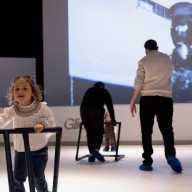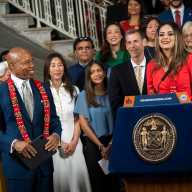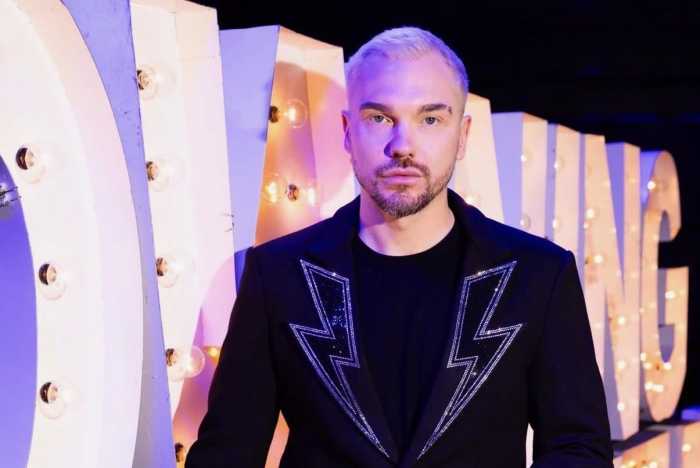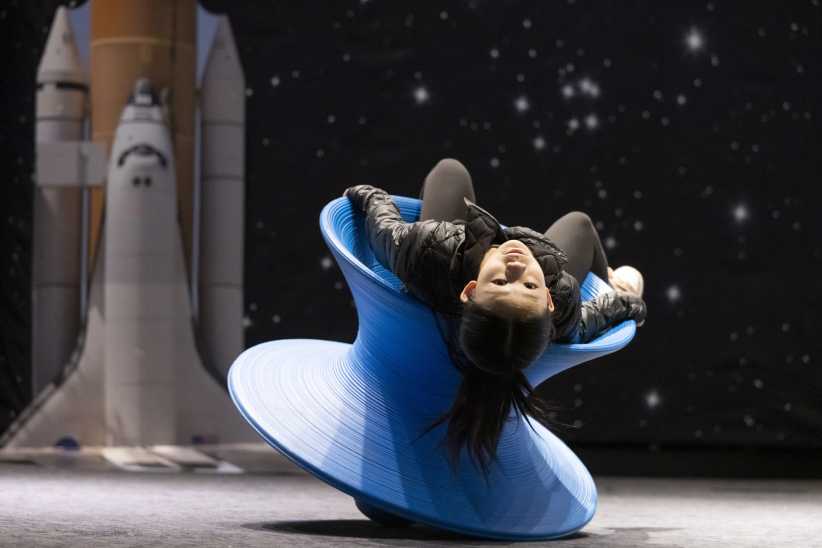Marcia Ikonomopolous, who has been giving lectures at North Shore Towers for about 10 years, gave a presentation that focused on the Jews of Morocco on Wednesday, July 1.
“Jews, for the most part, living as small minorities in the outskirts that are surrounded by a prominent non-Jewish majority take upon themselves attributes of the non-Jewish culture,” she said.
Because of the cultures surrounding the Moroccan Jews, Ikonomopolous said that they developed a culture, tradition and music that was “very, very distinctive.”
“Their long history on the soil of what is now known as Morocco goes back probably more than two millennium,” Ikonomopolous explained. “Jews lived there way before Muslims ever came to Morocco.”
Ikonomopolous went on to explain that the Jews living in Morocco adopted aspects of the other cultures they were surrounded by.
“Certain customs would be developed, certain languages would be cultivated,” she said. “Language is more than just a tool of communication. Language often defines a people. The Jews of Morocco reflected traditions and their culture.”
The different languages the Moroccan Jews spoke reflected “the different cultures that influenced Morocco,” Ikonomopolous said. Some of the languages they have spoken included Arabic, Spanish, Italian, and French.
Another area of the culture of the Moroccan Jews that Ikonomopolous focused on during her presentation was music.
“The music they developed gives you an example of the different cultures that lived there,” she said.
Ikonomopolous explained that the Jew of Morocco frequently had special songs that they sung in order to mark special life cycle events. She also showed a video that highlighted the music of their culture.
In talking about this group of Jewish people, Ikonomopolous said that “there were some very, very interesting aspects of their culture and we’re not quite sure where it came from.” One of these aspects was having visuals at gravesites of some martyrs and rabbis and calling them saints. She added that this is “something we don’t usually associate with Judaism.”
Ikonomopolous explained that one of the most popular saints was a woman who, according to legend, was massacred. She had been kidnapped by a Muslim, escaped and the decided to go back to her Jewish roots.
“Whether the story is true or not, the gravesite has become a place of vigil,” Ikonomopolous said, adding that women who are having trouble conceiving are frequent visitors in particular.
The presentation also touched on the departure of many of the Jews from Morocco, which Ikonomopolous said happened shortly after Israel was established and problems grew between the Jews and the Muslims in Morocco.
“There’s quite a bit of controversy about the leaving of Moroccan Jews,” she said.
Ikonomopolous explained that the controversy involves questions about how much of the departure was initiated by Israel, how much of it was really necessary and if there were actual persecutions. She said that now there are about 10,000 Jews left in Morocco and that they are the largest group of Jews in any North African country.
In concluding her remarks, Ikonomopolous spoke about a culture that she described as being “very, very special.”
“[During] assimilation, acculturation, we lose things. What’s happened now with Moroccan Jews…is the next generation is trying to recover what was lost by the former generation,” she said. “What’s beautiful now is we’re able to recapture so much of that diversity and still preserve the essence of what it is to be Americans. The story of the Jews of Morocco absorbs all these different aspects and it gives us a glimpse of the world that was very different, very special.”






























